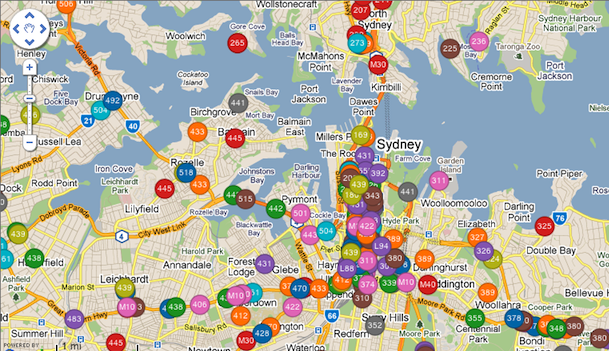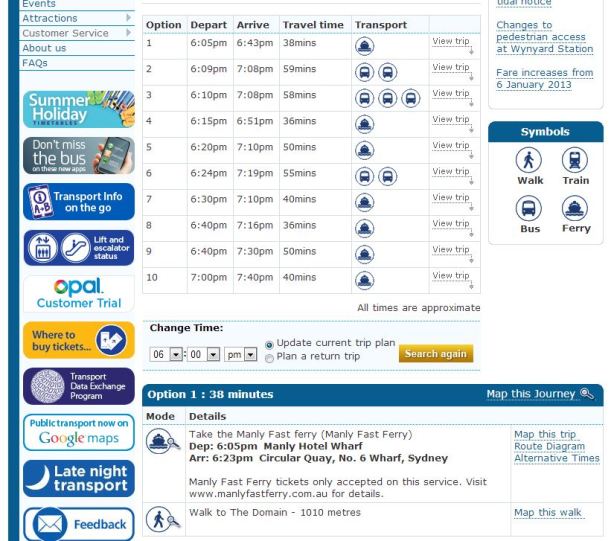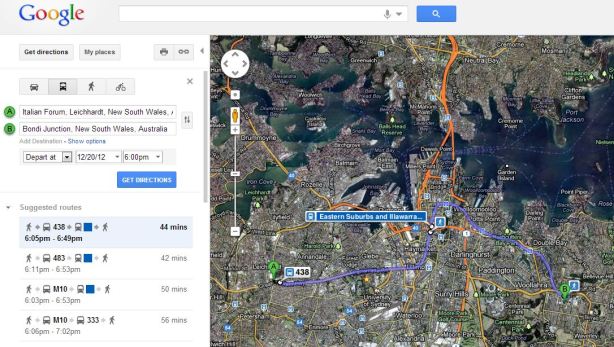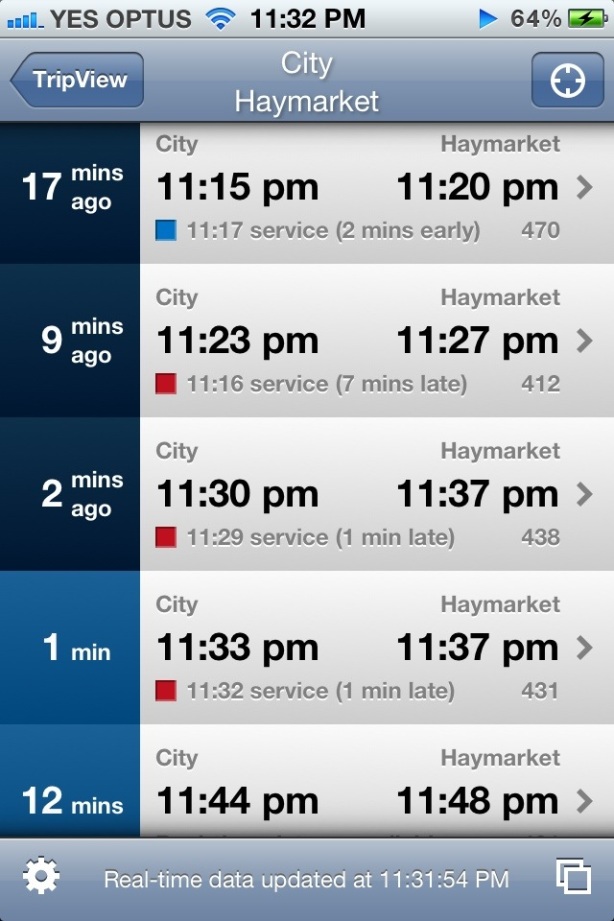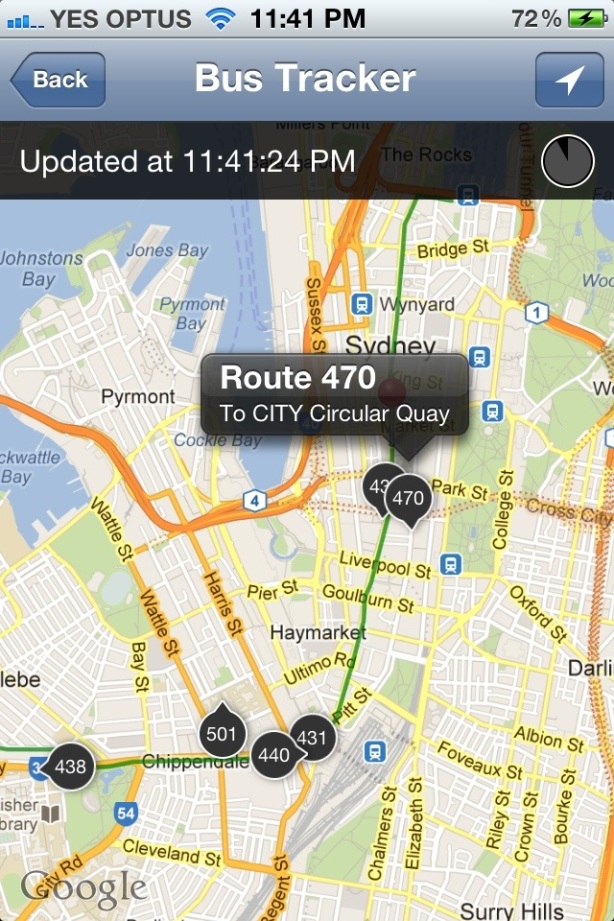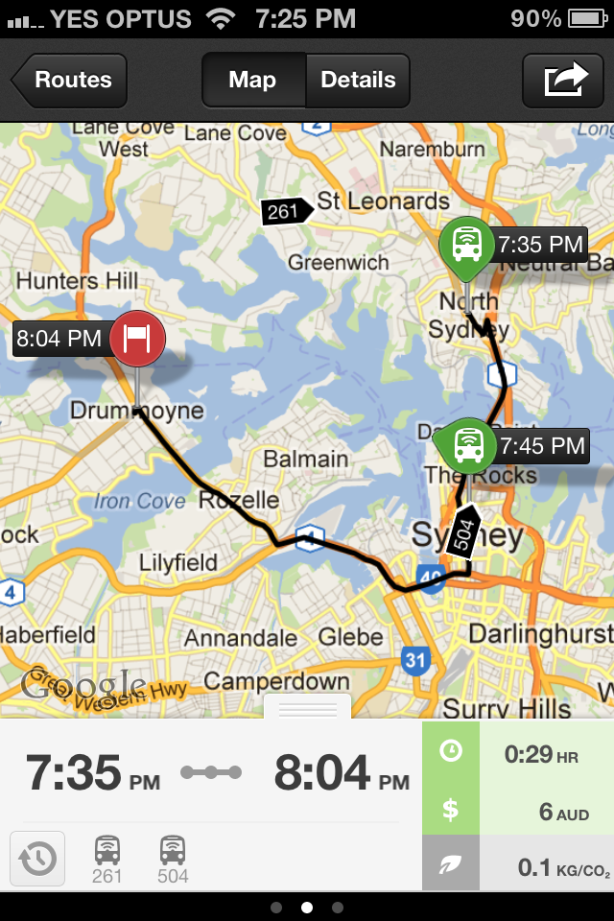Some background on the politics of airports in Sydney – the airport debate was shaped dramatically in 1995 following the opening of a third runway in Sydney’s Kingsford-Smith airport. While this upgrade deferred the need for a second airport for some time, it also angered many locals due to the increase in aircraft noise that it brought with it, resulting in the formation of the No Aircraft Noise Party. This party received 39% of the vote in Marrickville and 36% in Port Jackson on a 2 party preferred basis (Source: Psephos), both heavily affected by increased aircraft noise. In 2003, the Labor Party changed its platform to oppose a second airport at Badgerys Creek (the irony being that it had been Hawke Labor Government that obtained the land in the first place in 1986), and the Coalition followed soon after.
In the 2012, the debate over a Second Sydney Airport seemed to be whether or not to build one. Those against an airport included the NSW Premier, Barry O’Farrell, and the federal National Party leader, Warren Truss, who was also the Shadow Transport Minister. Local MPs and councils in the Western Sydney area (of both parties, but mostly from the area’s dominant Labor Party), where a second airport would be built, also seemed almost universally opposed to a second airport. Meanwhile, the Federal Transport Minister, Anthony Albanese, and Federal Shadow Treasurer, Joe Hockey, both supported a second airport,but appeared to rule out Badgerys Creek, leaving Wilton as the remaining preferred option.
It began with the release of a report last year entitled the Joint Study on Aviation Capacity for the Sydney Region. The knee jerk response was measured at best, with politicians continuing to state their opposition to Badgerys Creek, despite the joint study finding that it was still the best location. Anthony Albanese, restricted by Labor Party policy, announced a second study into Wilton, the second best site identified by the joint study. Jake Saulwick’s opinion piece in the Herald suggests that Mr Albanese actually prefers Badgerys Creek, and the Wilton study is designed to demonstrate that Wilton is not suitable (primarily because it is too far from either Western Sydney or Sydney CBD, not very flat, and prone to fog). At this point, a push can be made to change the Labor Party’s platform to remove the ban on Badgerys Creek.
Meanwhile, commentators began to point out that an airport in Western Sydney would bring jobs and economic development, not just aircraft noise, and this is something that Western Sydney desperately needs in order to stem the daily mass migration from Western Sydney into the CBD because the region has fewer jobs than it has workers. This appears to have been the turning point in the debate, and by the start of 2013 politicians who had previously ruled out Badgerys Creek, and even ones who ruled out a second airport entirely, were now calling for Badgerys Creek to be put on the table as an option. Some even openly began calling for Badgerys Creek to be the site of a second airport.
The case for a second airport was also boosted when it was announced that the decision to host the 2014 G20 meeting in Brisbane rather than Sydney was driven partly by a lack of the required space in which to park 40 jumbo jets for the duration of the summit. The take home lesson from this was clear – Sydney Airport isn’t just close to reaching capacity, by some measures it already has reached capacity.
What appears to have happened is that politicians have privately come to the realisation that Sydney needs to start planning for a second airport, and that this second airport will need to happen in Badgerys Creek. Additionally, this is something that is going to affect whichever party is in government at the time, so opposing it for political gain will only come back to hurt that party in the future once they are in opposition.
While it remains an unpopular position, there has been a clear movement towards supporting Badgerys Creek in the last 12 months. The recent views of key individuals in this debate are included below.
Opposes a Second Airport
Few actually flat out oppose a second airport in the Sydney basin. Those that do tend to have self interest in mind (Sydney Airport Chairman Max Moore-Wilton) or know that as it is an issue for the federal government they can champion a popular position without having to make that decision themselves (Barry O’Farrell).
“The NSW government believes no other part of Sydney should be contaminated by the sort of noise that comes with an airport. The most sensible option is to build a fast-rail link to the federal capital and use Canberra Airport for additional capacity for flights.” – Barry O’Farrell (6 April 2012)
“Mr Albanese has rejected the nine [of ten joint study recommendations] and focused on the one. You might well say it is not a level playing field on this issue. One of their recommendations was that the cap be increased by five movements an hour [from eighty to eighty-five] – that recommendation has been rejected by Mr Albanese.” Max Moore-Wilton (17 May 2012)
Opposes Badgerys Creek
Most of the opposition now comes not towards a second airport, but to Badgerys Creek specifically as a location. The potential for local opposition has only grown in recent decades as the population of Western Sydney has continued to grow. The case for Badgerys Creek is not helped by the presence of 2 members of Federal Cabinet (Chris Bowen and David Bradbury) being MPs from Western Sydney, nor from the state opposition leader (John Robertson) also being an MP from Western Sydney. In Mr Bowen’s case, he has remained tight lipped on Badgerys Creek ever since the 2007 election put his Labor Party into government, and you have to go back to 2007 to get an on the record comment from him on the matter.
“State Opposition Leader John Robertson says while he has ruled out Badgerys Creek, he is waiting for a briefing on the report before cementing Labor’s position.” – ABC News (23 April 2012)

Chris Bowen, Federal Minister for Immigration and Federal MP for McMahon (Image: Department of Immigration)
“A Rudd Labor government will not build an airport at Badgerys Creek.” – Chris Bowen (19 September 2007)

David Bradbury, Federal Assistant Treasurer and Federal MP for Lindsay (Image: Australian Consumer Law)
“I will continue to be a strong advocate for our community and for as long as I represent the people of Lindsay an airport will not be built in Badgerys Creek.” – David Bradbury (4 April 2012)
Open to Badgerys Creek
This category involves reading between the lines at times. In Anthony Albanese’s case, in particular, he is on the record as opposing Badgerys Creek, supporting Wilton instead. But his actions, or rather lack thereof, suggest that he actually prefers Badgerys Creek. It therefore seems most logical to place him into this category. In Warren Truss’ case, he had previously ruled out a second airport entirely, whereas he now appears to have backtracked to just ruling out Badgery Creek in the context of the next election, suggesting that he also is reconsidering his position.
“You get the sense [backtracking on Simon Crean’s 2003 vow that Labor would not build an airport at Badgerys Creek] is what Albanese wants to do.” Jake Saulwick (17 November 2012)

Joe Hockey, Federal Shadow Treasurer (Image: http://www.joehockey.com)
“The suggestion that Badgerys Creek is going to disadvantage western Sydney is just rubbish. If you have a second airport in the Sydney basin there will be a massive financial and employment boost…Badgerys Creek has been foreshadowed for 30 years and the Commonwealth owns the land. There should be no barrier to Badgerys Creek.” – Joe Hockey (1 January 2013)
“I know the problems with all of the sites, but I know why Badgerys Creek was chosen in the first place, and I thought it was very interesting the [recent state and federal inquiry] basically put it right back on the table. But both sides of politics have ruled it out, so that is where it is at the moment. We’ve ruled it out, and we will rule it out in the context of the next election as well, and Labor has ruled it out as well.
I think it would be helpful if there could be some kind of bipartisan agreement about what is the best site, taking into account what the options actually are, because it will be many years before the project starts and many years to build, so it is highly likely it will cross political eras.” – Warren Truss (12 December 2012)
“Werriwa MP Laurie Ferguson said he needed more time to go through the report before deciding his stance but said his decision would be greatly influenced by Campbelltown Council.” – Laurie Ferguson (7 March 2012)
Supports Badgerys Creek
Up until Nathan Rees came out in support of Badgerys Creek, it was virtually impossible to find any current Western Sydney MPs willing to state their support of Badgerys Creek on the record. Former politicians, those who stand to directly benefit, and independent experts have tended to be the only ones championing the site.
“We also agree that Badgerys Creek remains the best site. Since the late 1980s, this land has been reserved for a new airport…The arguments for and against Badgerys Creek – and every other contender – are familiar. We are wasting our energy going over old ground.” – Alan Joyce (23 April 2012)
“The average person in western Sydney, I think, rationally ought to be overwhelmingly in favour of an airport at Badgerys Creek.” – Nick Greiner (12 October 2012)
“in policy terms [Badgerys Creek was by far the best site for the airport but] politically this is extremely difficult”. – Nathan Rees (7 January 2013)

David Borger, Western Sydney Director for the Sydney Business Chamber and former NSW Roads Minister (Image: Sydney Business Chamber)
“Borger…is an enthusiastic backer of a Badgerys Creek airport.” – Sydney Morning Herald (21 December 2012)












